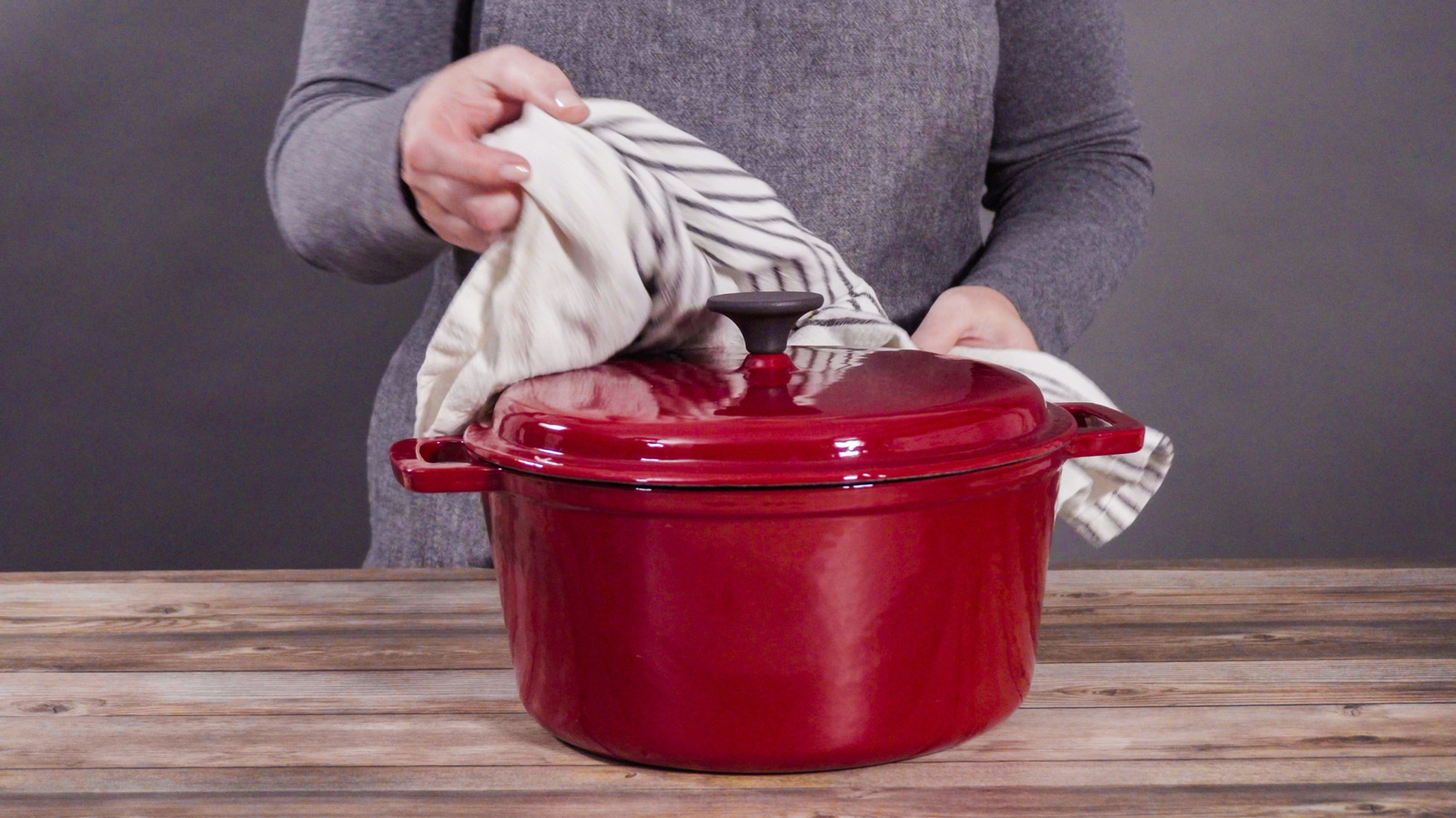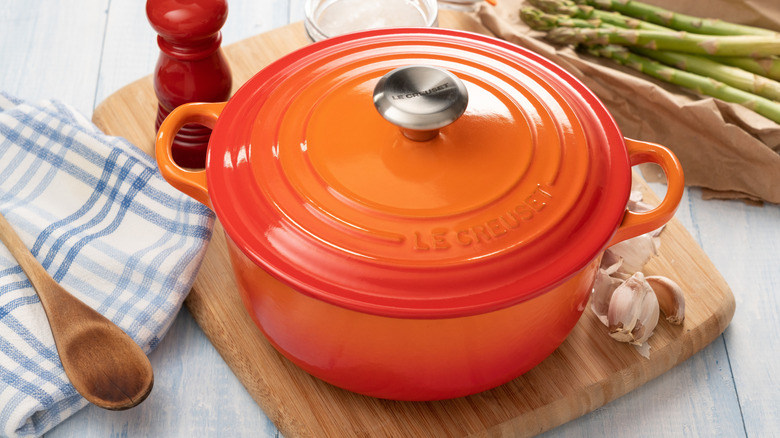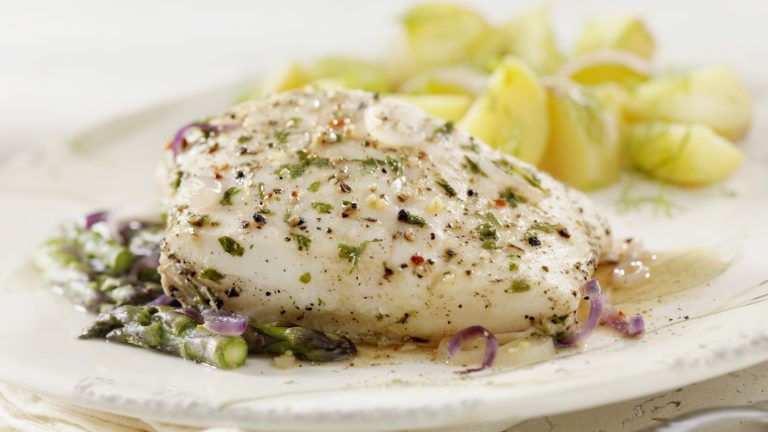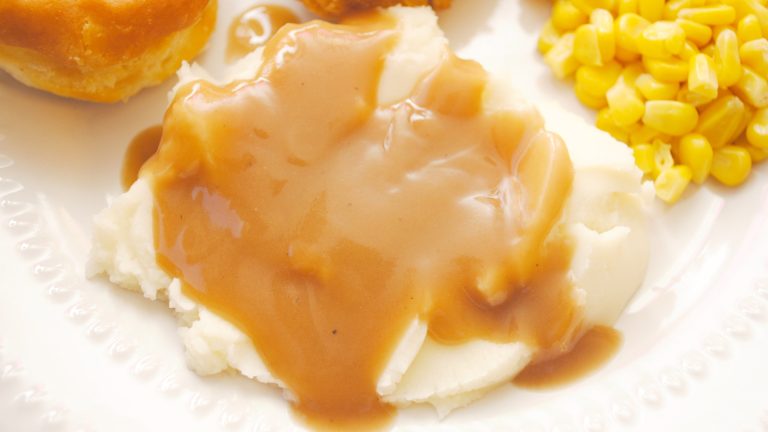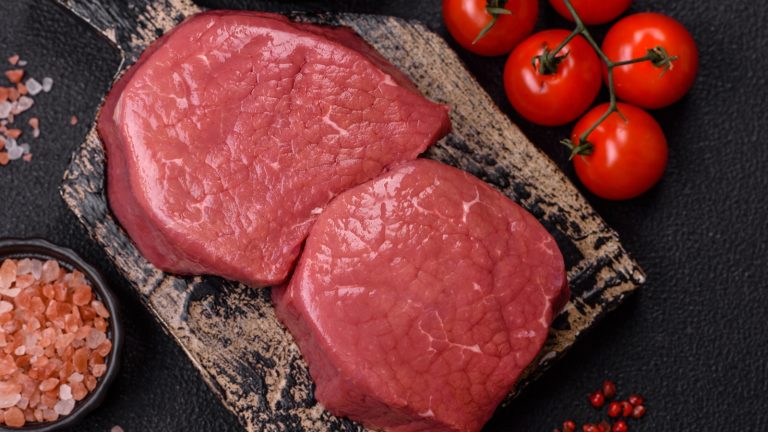Nothing beats a crispy-on-the-outside, tender-on-the-inside piece of fried chicken served next to a massive plate of crunchy french fries topped with a generous amount of ketchup. When those cravings hit and you’ve already got all the necessary ingredients at home, the only thing left to do is roll up your sleeves and figure out which cookware delivers the best result.
A deep fryer’s the most obvious choice, but it’s not everybody’s go-to kitchen staple. So, before you mess up your meal with any of the 12 deep-frying mistakes you may not even know you’re making, choose wisely and grab your Dutch oven. For those wondering what a Dutch oven is and if you really need one, the short answer is it’s a shallow seasoned cast iron pot with a tight-fitting lid and you absolutely need it. The reason it outperforms pretty much any other appliance when it comes to deep frying is its exceptional heat retention and distribution thanks to its high, thick walls and heavy bottom. If that’s not enough, the enameled surface makes the cleaning process super easy since food doesn’t stick to it. But how do you take full advantage of a Dutch oven when deep frying at home?
How to master deep frying with your Dutch oven
Deep frying in a Dutch oven is one of those cooking hacks you should know before your next camping trip. It’s incredibly simple to use and way safer than using an average pan thanks to its high sides and thick bottom that keep the bubbling oil inside, ultimately preventing it from making a mess all over your kitchen. If you’ve just bought your first-ever Dutch oven and aren’t quite sure how to use it yet, prepping your station and ingredients ahead of time is a good way to start.
Go for vegetable oil due to its high smoke point of up to 450 degrees Fahrenheit. While it’s completely fine to be generous with the amount of oil you pour in, a third full is more than enough to get your food nicely soaked. Also, make sure not to overcrowd the pot by adding all the food at once. This seriously disrupts the frying process by reducing the temperature, which leaves your food soft, soggy, and miles away from the crispy goodness you were hoping for. Finally, if you’ve done everything right, seeing your food float to the oil’s surface is your cue to take it out, season it, and dig right in.


